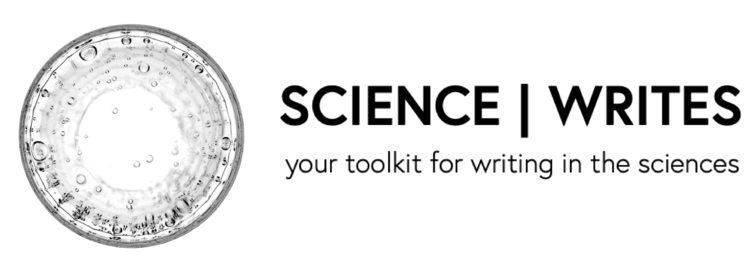METHODS AND MATERIALS
Goal: Provide a sufficiently detailed account of what you did so that a reader will be able to evaluate and critique the methods and to replicate the study. In addition, the materials need to be described in precise enough detail for the reader to order or construct the same materials.
Characteristics:
The methods and materials section is broken into subsections that are identified with subheadings.
The subheading titles and order are discipline specific. [LINK TO COMMON SUBHEADINGS IN A COUPLE DIFFERENT DISCIPLINES? On second thought, I’ve looked at a range of articles and the subheadings are really really specific to the papers, so perhaps examples would NOT make sense.]
Don’ts:
The methods section should not contain any results or discussion of the results.
It is not necessary to describe every step of commonly used procedures (e.g., streaking plates with bacteria). [ADD EXAMPLES FROM OTHER DISCIPLINES?]
Style:
Write the methods in past tense, because you have completed the study. However, when referring the reader to a figure or table, use the present tense (e.g., Figure 1 shows …).
Although writing in active voice is preferred in general, the methods section is the one section where you are more likely to use passive voice. The reason is that you want the reader to focus on what was done rather than on you (the experimenter) doing the steps.
Precision and consistency in word choice are always important but are especially important when describing your study’s methods, because a reader needs to understand exactly what you did in order to evaluate your study and possibly attempt to replicate it.
